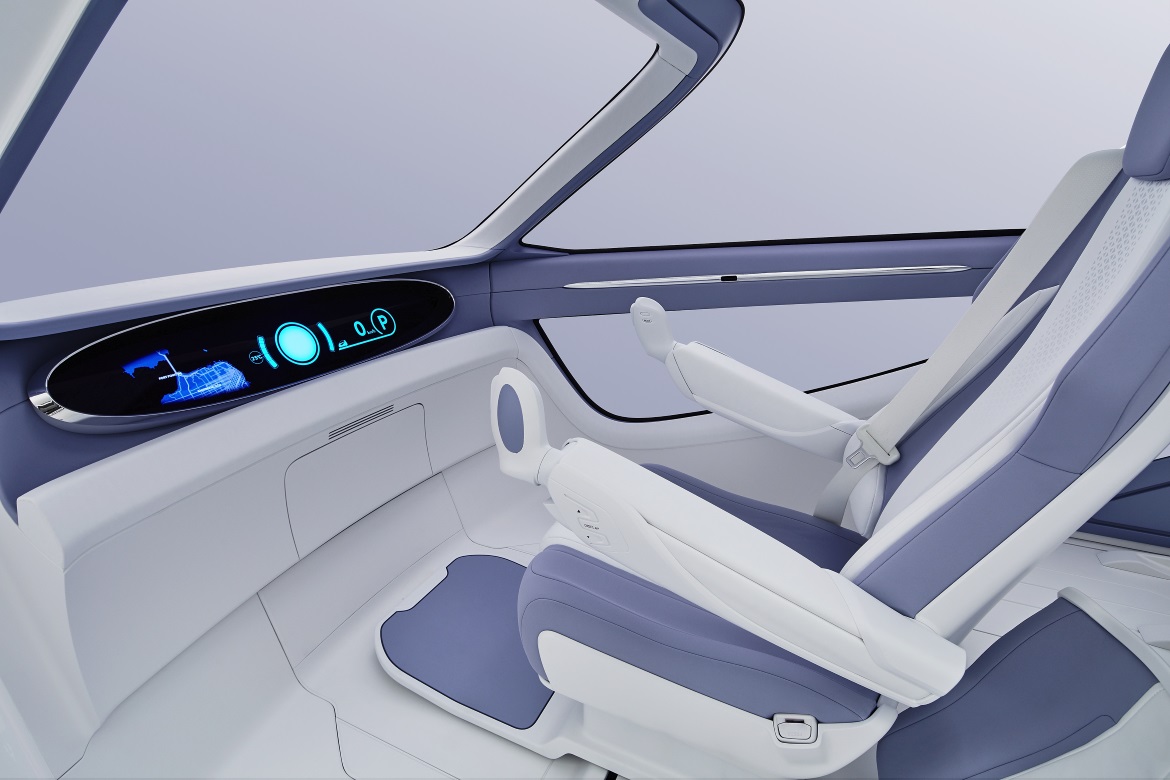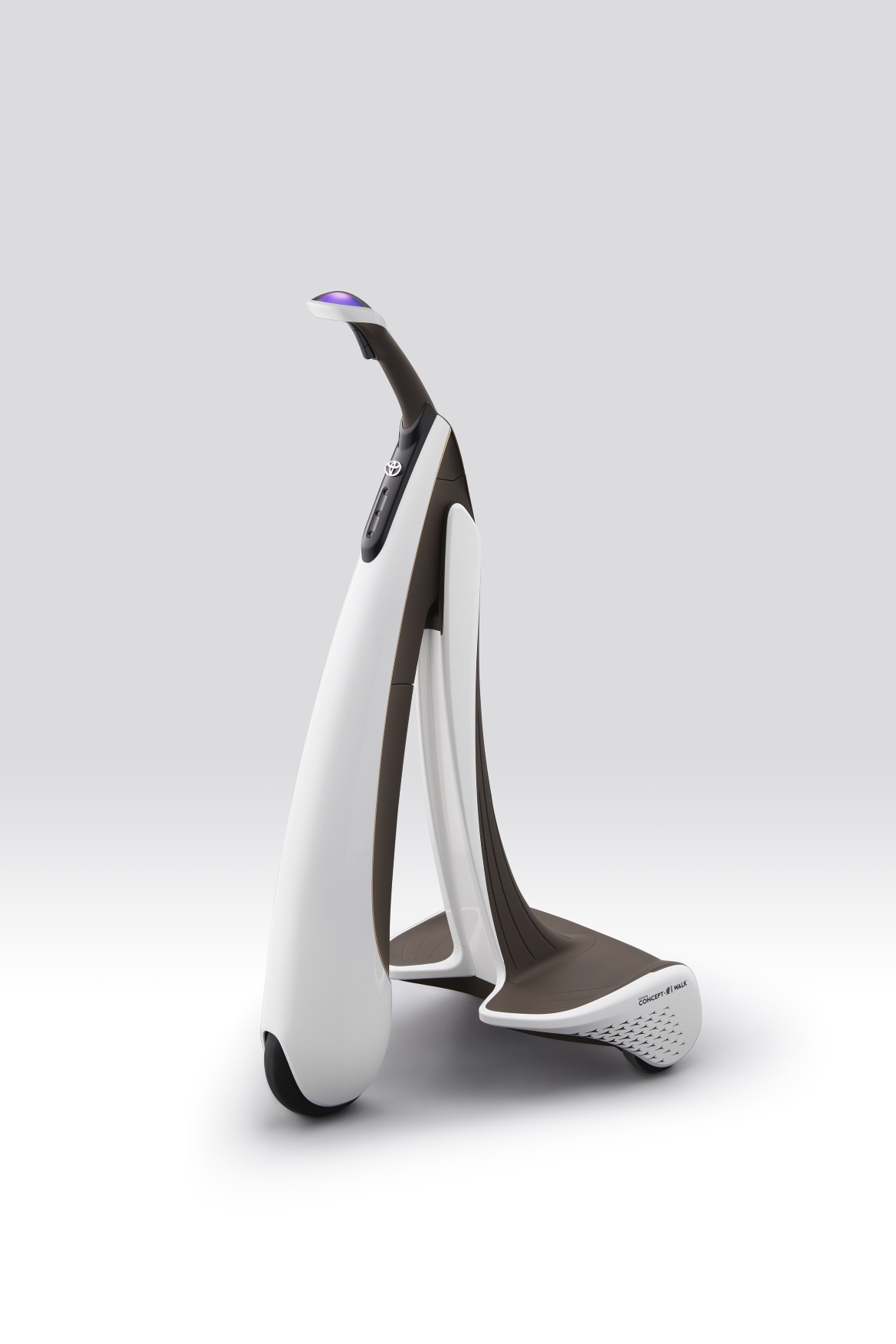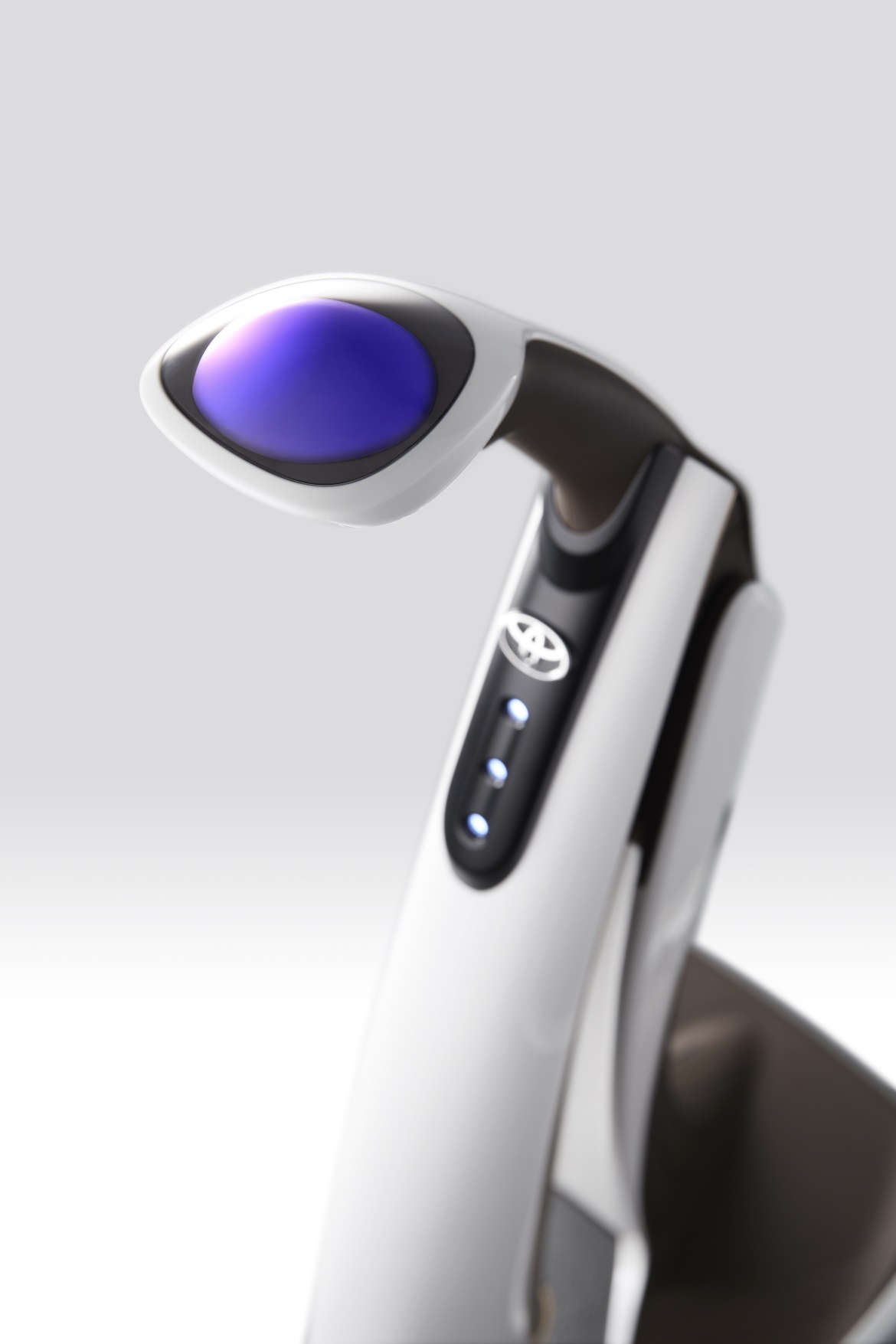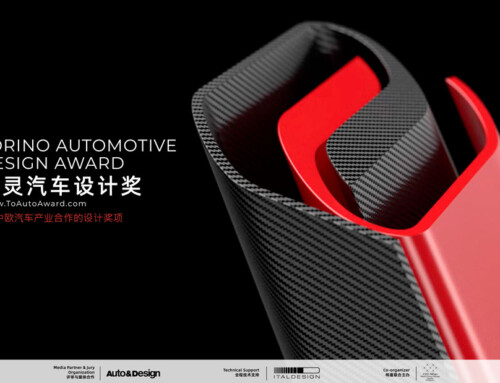Toyota has outlined its vision for a future where cars and humans will work together as partners to deliver the freedom and pleasure of mobility to as many people as possible. A family of three concept cars envisages a world where cars understand people, applying artificial intelligence (AI) to recognise emotions and estimate driver preferences combined with automated driving technology for maximum safety.
They expand on the ideas presented with the ground-breaking four-seat Concept-i. Revealed at the International Consumer Electronics Show in January, it was developed with a focus on building an immersive user experience. Toyota has now added the Concept-i Ride, a two-seat vehicle designed so that anyone can have freedom of mobility, including wheelchair users and the elderly. Additionally, the Concept-i Walk a vehicle designed for using in areas used by pedestrians – has been added to the series to enable free movement on footpaths and other walking areas.
The Concept-i Ride features gull-wing doors, an electric universal sliding seat and a joystick to achieve user-friendly operation with a range of 100-150km. Opening and closing of the gull-wing door supports loading and unloading of a wheelchair while an electric seat slides to the entrance for easy transfer between a wheelchair and the car. The wheelchair can be easily stored in the rear section. A joystick eliminates steering wheel, accelerator and brake pedals, making the vehicle easy to use by almost anyone. The compact vehicle size enables wheelchair users to park in regular single-vehicle spaces. The AI Agent actively provides information that supports and enhances outings, such as the location of barrier-free facilities.
Toyota Concept-i Walk is compact with a cruising range of 10-20km, offering short-distance movement such as between sightseeing spots. Three wheels, a wheelbase variable mechanism and a steering function make it possible to operate easily. It can rotate on the spot and its low floor enables people to get on and off easily. Conversation with the Agent and data obtained from sensors in the handles. If the vehicle senses danger while moving, it will warn the driver and take avoidance measures.















